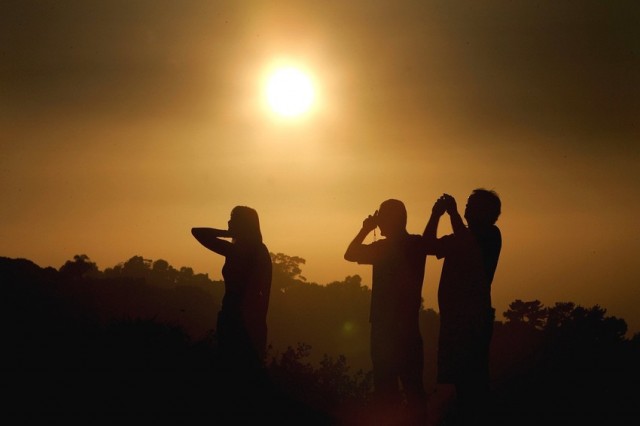
When people think of climate change, they tend to think of it as a science and environmental issue. But climbing levels of greenhouse gases, particulate matter, and rising seas hurts more than the environment. It harms people's health, too.
“Climate change is one of greatest public health threats of our time," said Anne Kelsey Lamb of Oakland's Public Health Institute.
Lamb was talking to a roomful of her own in a gathering this week when some 100 public health professionals from around the state and beyond were in Oakland to learn more about the intersection between climate change and public health — and what they can do about it.
While it's impossible to tie any specific illness or death to climate change, it's easy to imagine how the worst effects of global warming harm health. Here are just a few examples: deaths related to heat waves (140 people died in the 2006 heat wave in California); a warming planet also leads to more pollen, which aggravates asthma; and climate change can mean more mosquitoes and an easier spread of the diseases they can transmit.
Who will bear the brunt of these changes? Climate change "threatens to exacerbate existing inequities," said PHI's Linda Rudolph, disproportionately impacting people who are poor and people of color.